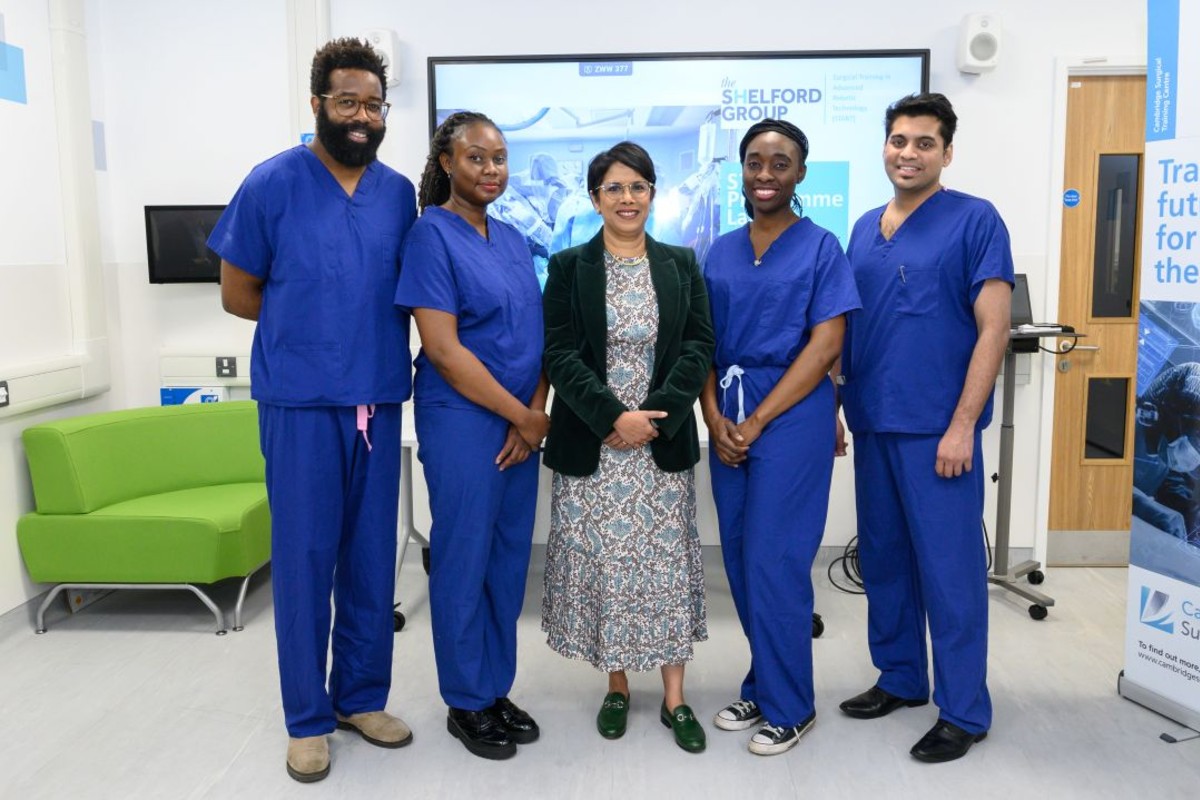The hip surgical techniques to enhance rehabilitation (HIPSTER) study aims to improve the experience of people undergoing total hip replacement surgery to treat severe arthritis.
More than 100,000 total hip replacements are performed each year in the UK. Traditionally, surgery has involved the posterior approach where surgeons cut through three tendons at the back of the hip joint to accurately position the artificial ball and socket. While the surgery is highly successful for most patients, over 10% still experience pain one year after the procedure, and more than 6% express dissatisfaction with the results.
Alternative versions of this approach involve cutting fewer tendons, which may lead to quicker recovery, improved rehabilitation, and increased patient satisfaction. However, these changes can make positioning the socket more challenging.
The HIPSTER study investigates the impact of two new surgical techniques on patient outcomes, comparing them with the traditional approach. Led by experts at the Exeter Hip Unit at the Royal Devon, the study also incorporates the state-of-the-art MAKO robotic guidance system. This technology enables surgeons to have greater precision while retaining control, minimising tendon disruption.
The study is jointly funded by a partnership between the National Institute for Health and Care Research (NIHR), and the Medical Research Council, and is delivered in collaboration with the department of engineering at the University of Exeter.
The study is open for recruitment until August 2025 and has already consented 245 participants.



